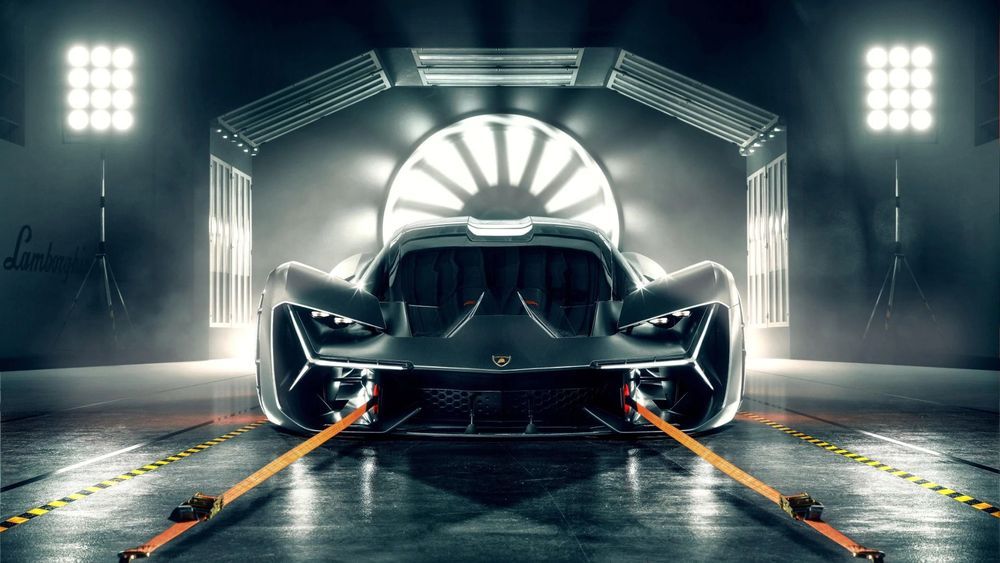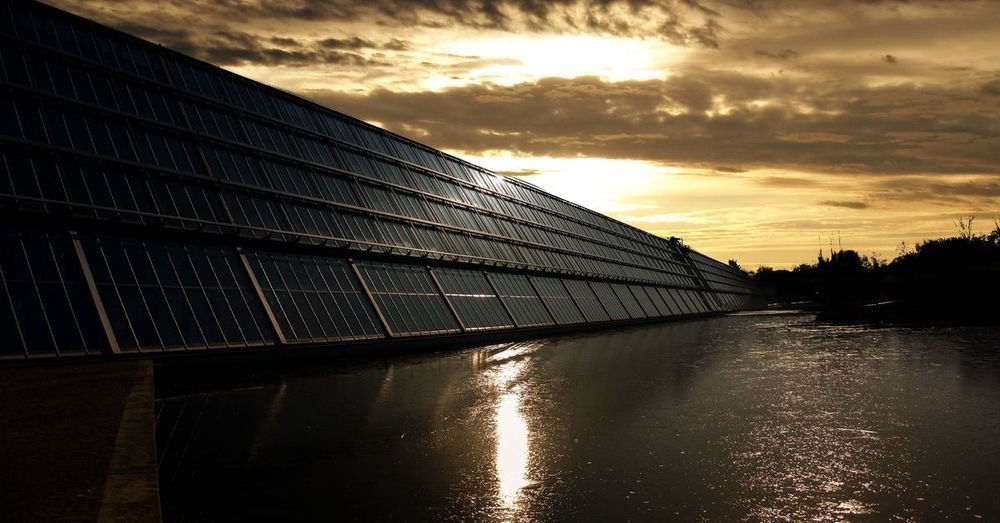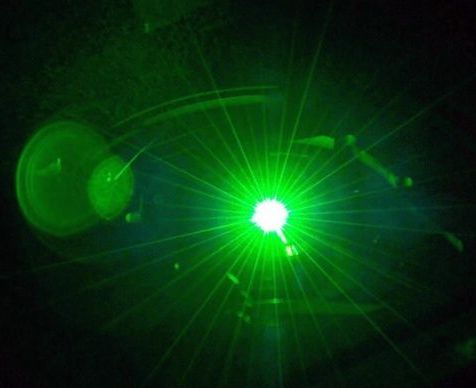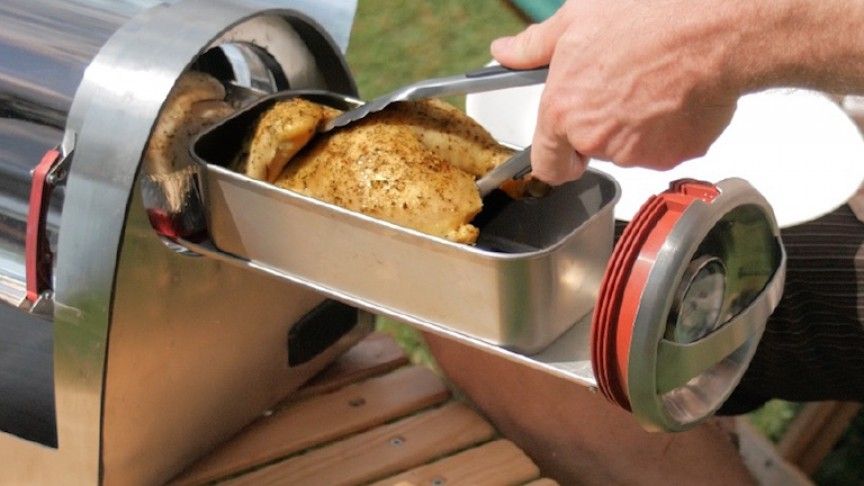A laser pulse, a special material, an extraordinary property which appears inexplicably. These are the main elements that emerge from a research conducted by an international team, coordinated by Michele Fabrizio and comprising Andrea Nava and Erio Tosatti from SISSA, Claudio Giannetti from the Università Cattolica di Brescia and Antoine Georges from the Collège de France. The results of their study have recently been published in the journal Nature Physics. The key element of the study is a compound of the most symmetrical molecule that exists in Nature, namely C60 bucky-ball, a spherical fullerene.
It is well known that this compound, with the chemical formula K3C60, can behave as a superconductor — that is, conduct without dissipating energy — below a critical temperature of 20 degrees Kelvin, i.e. around −253 degrees Celsius.
It has recently been discovered that K3C60 is capable of transforming into a high-temperature superconductor when struck by an extremely brief laser pulse. This material takes on superconductive properties — albeit extremely briefly — up to a temperature of −73 degrees Centigrade, almost 100 degrees above the critical equilibrium temperature. The research just published by the scientists explains the reason for this mysterious behaviour.






